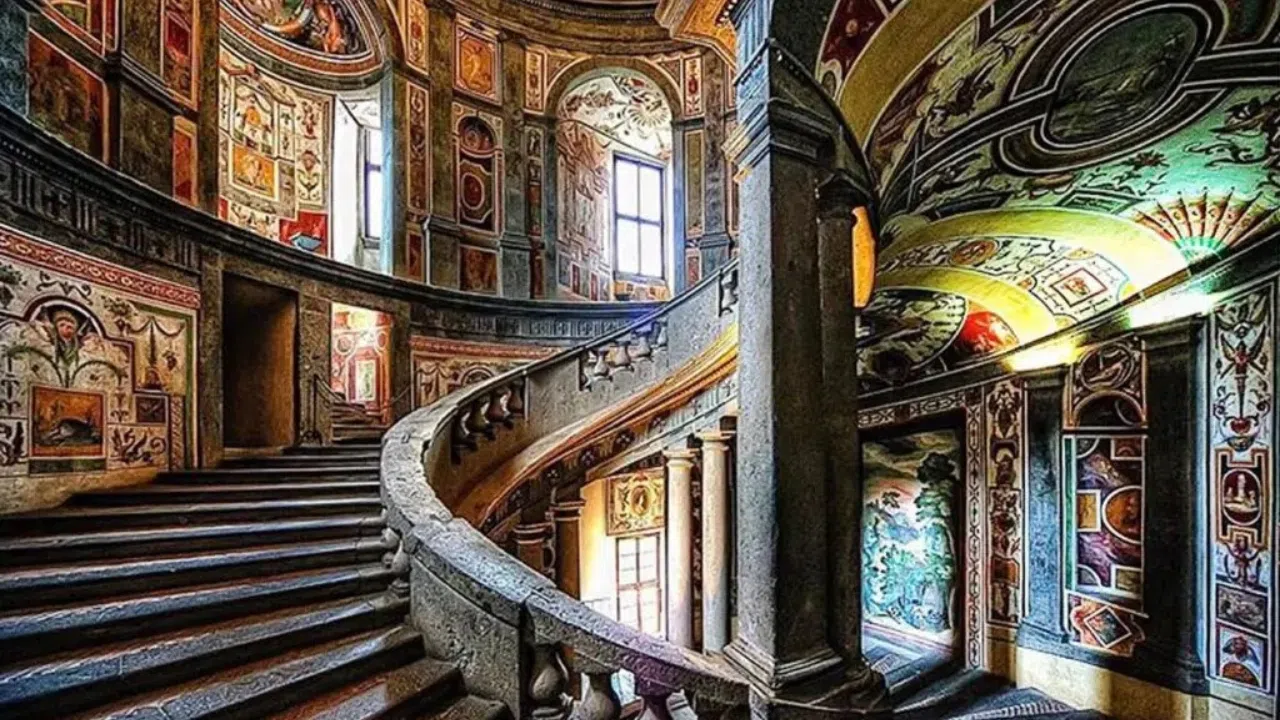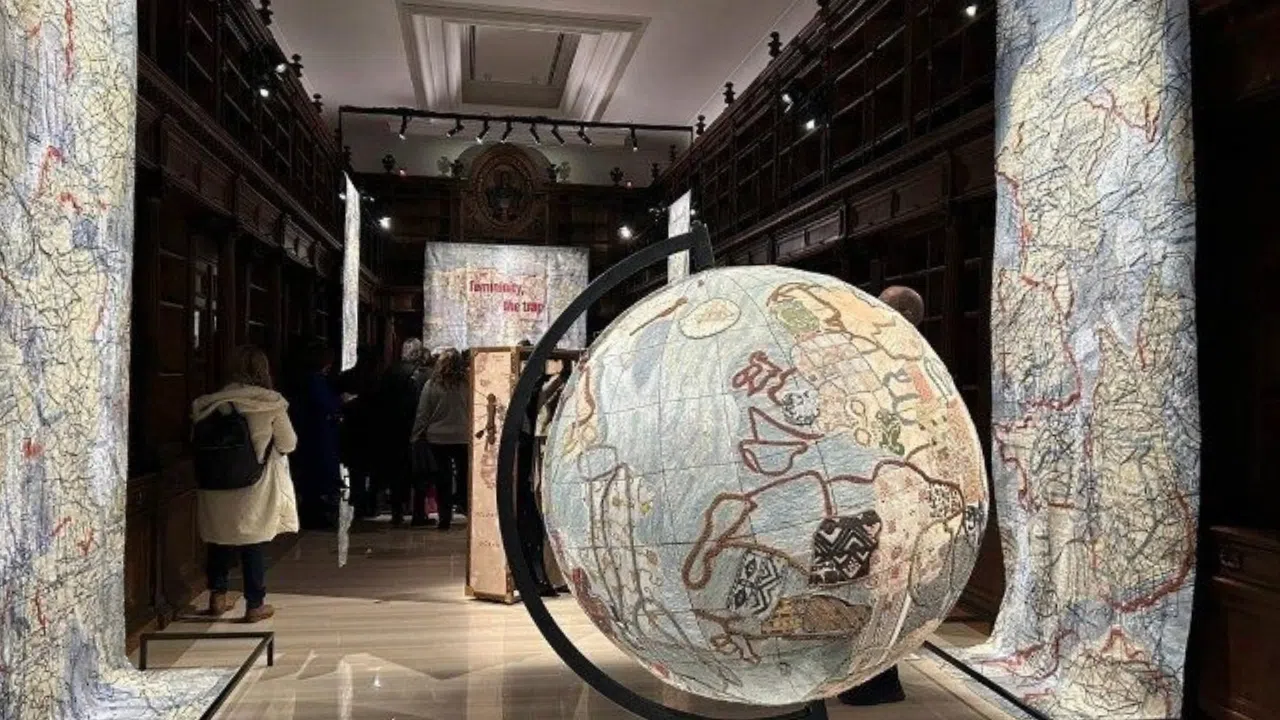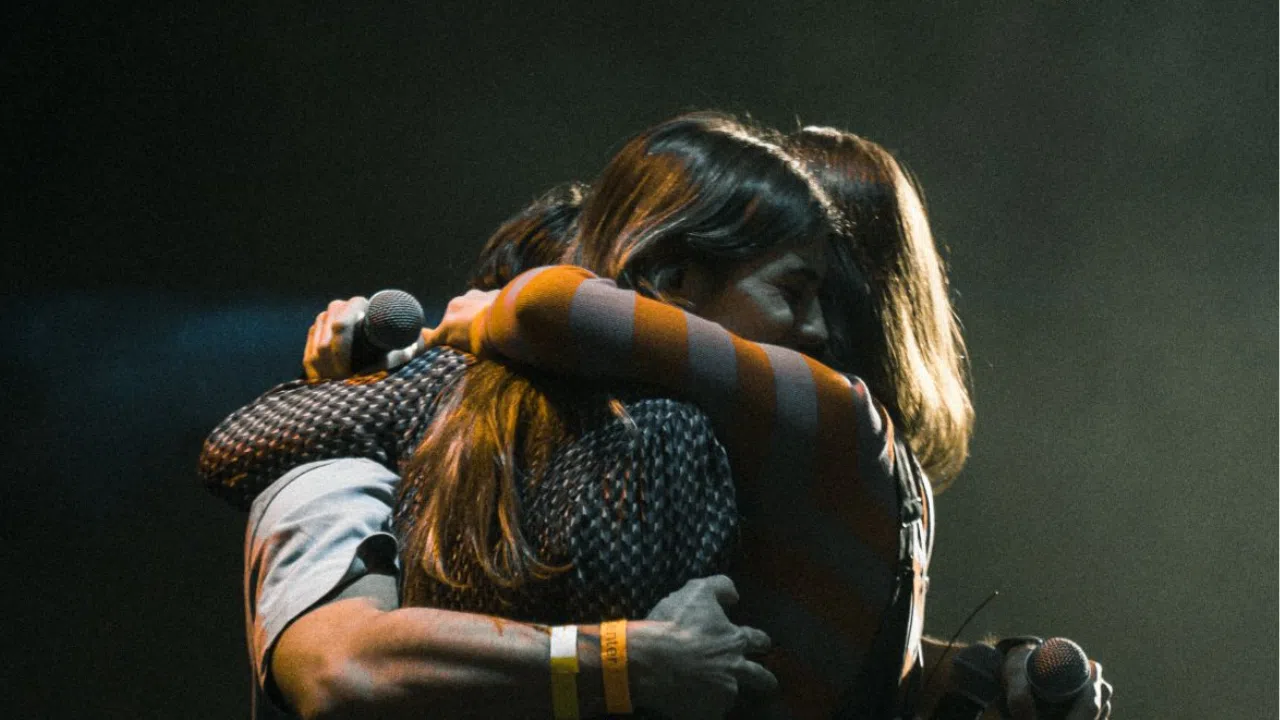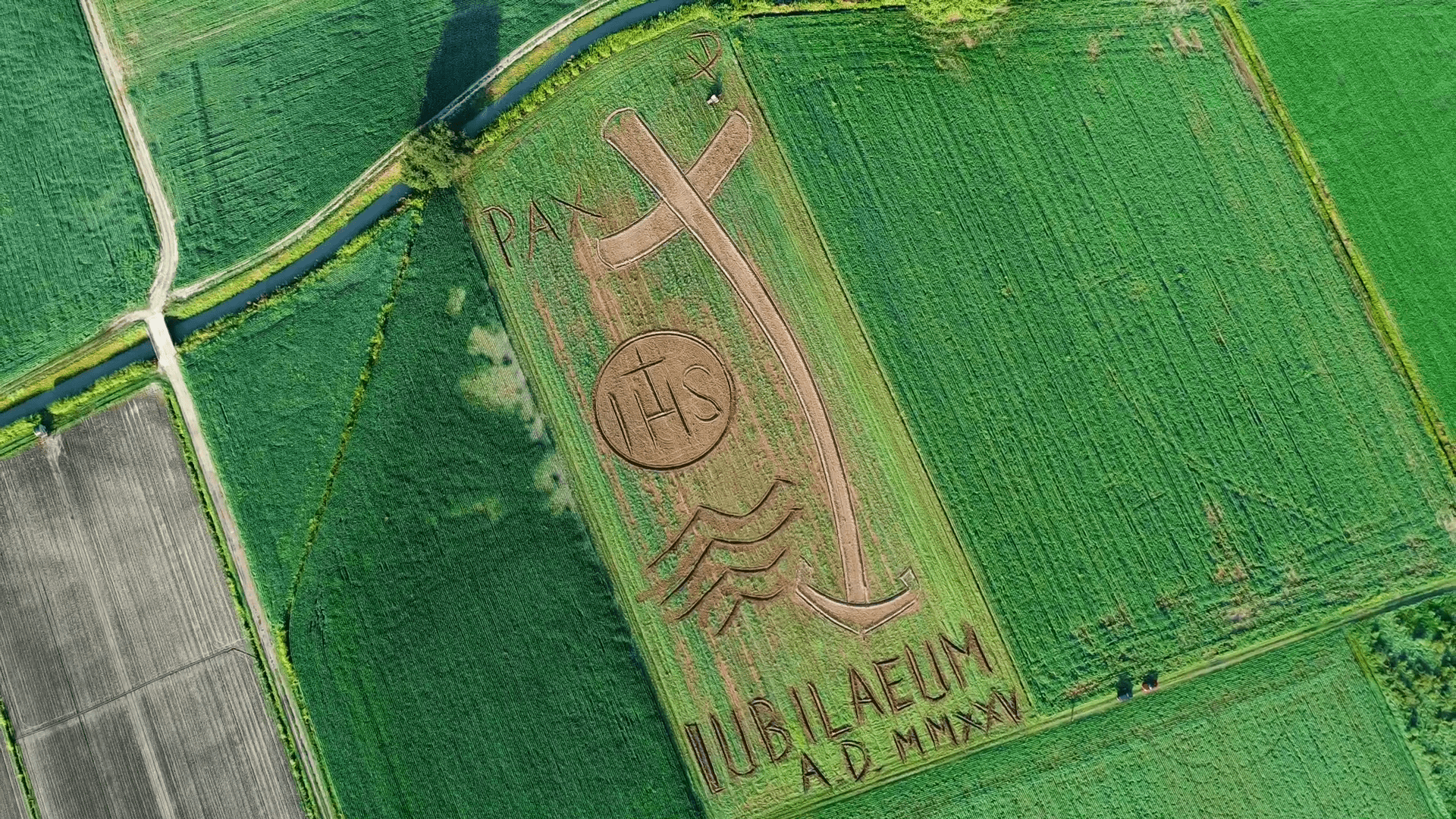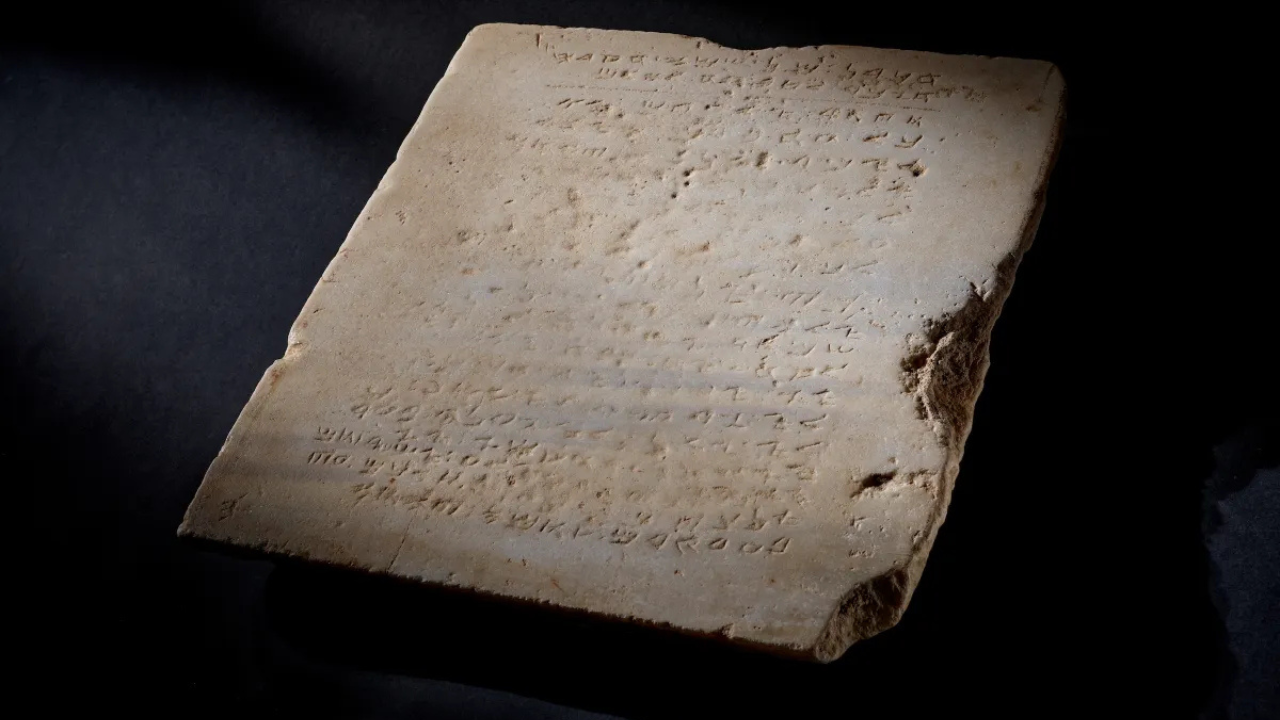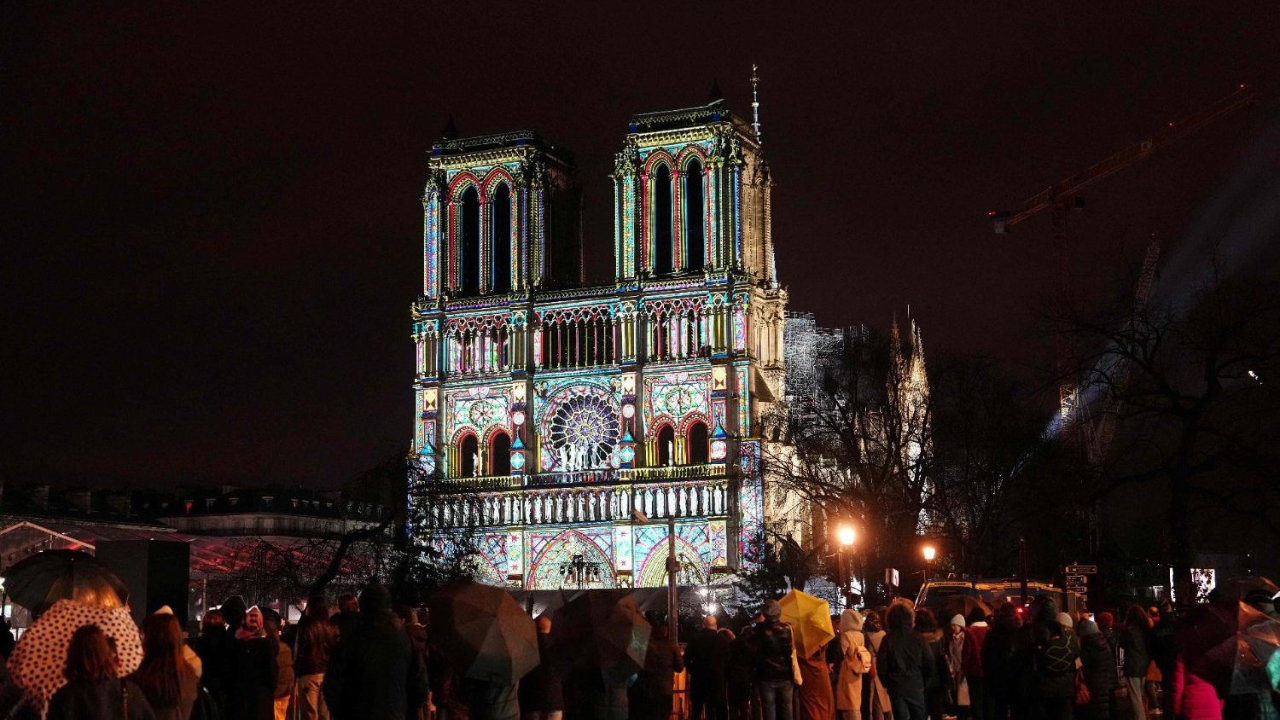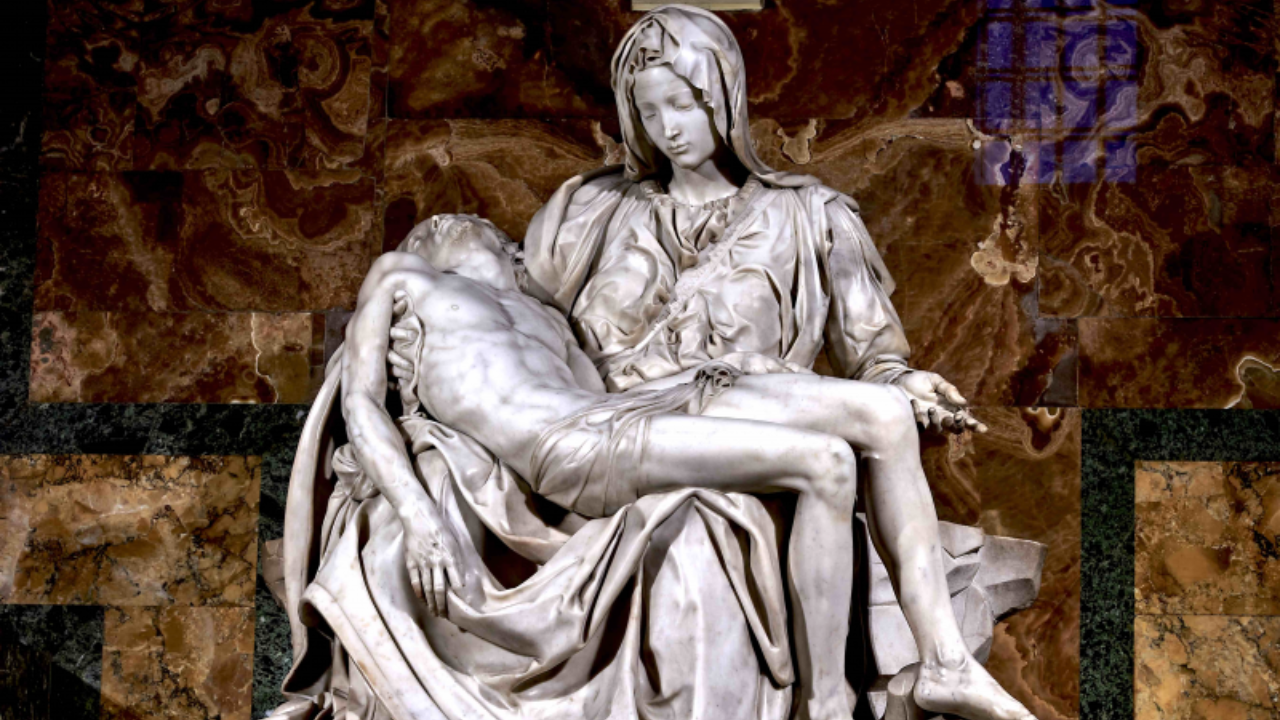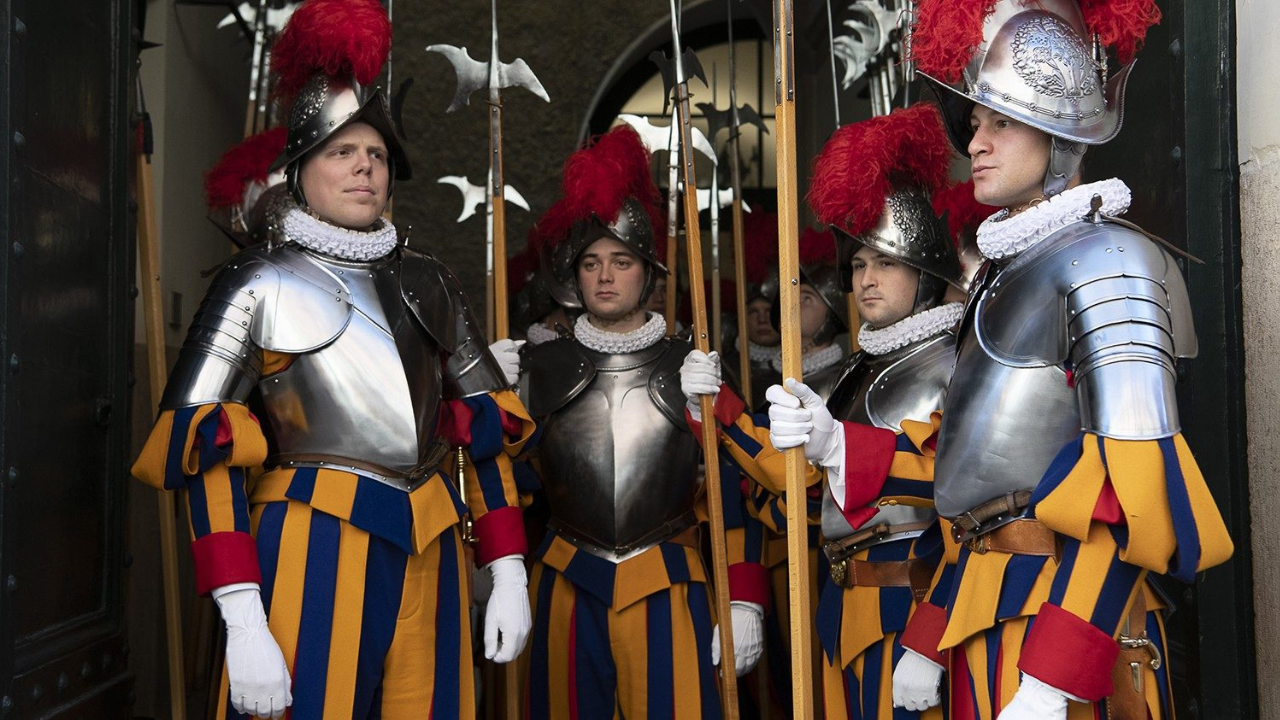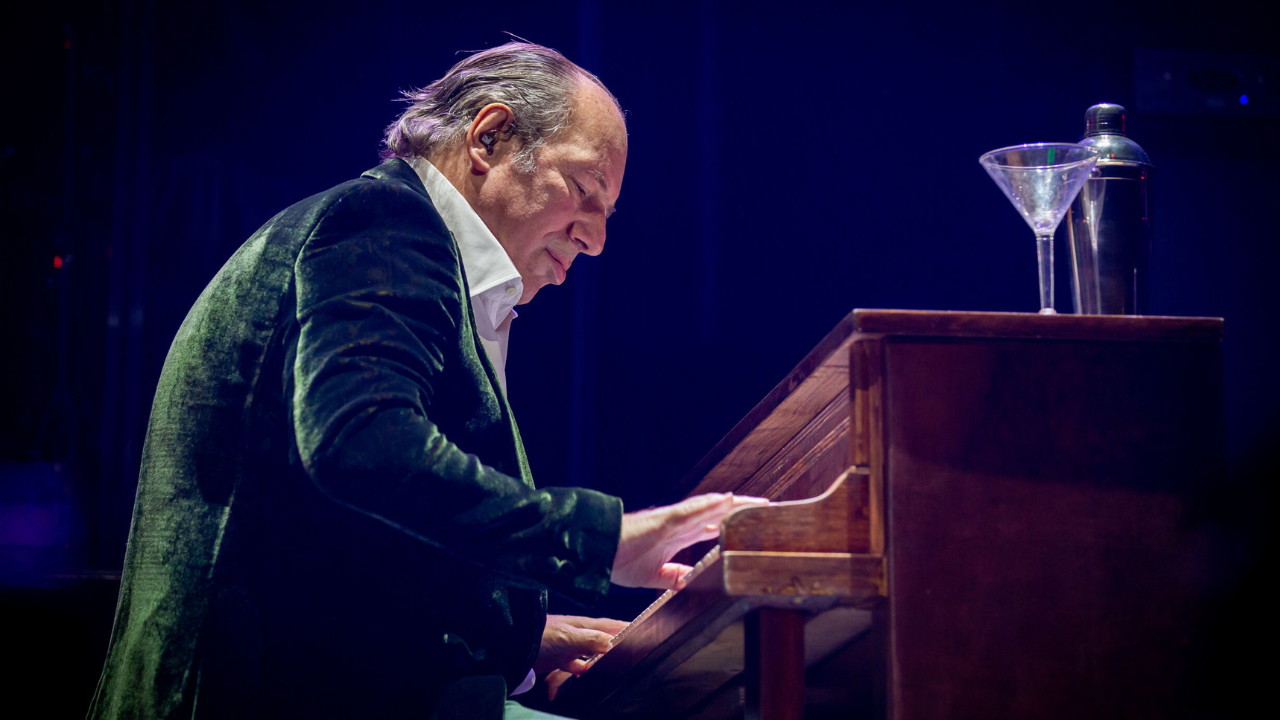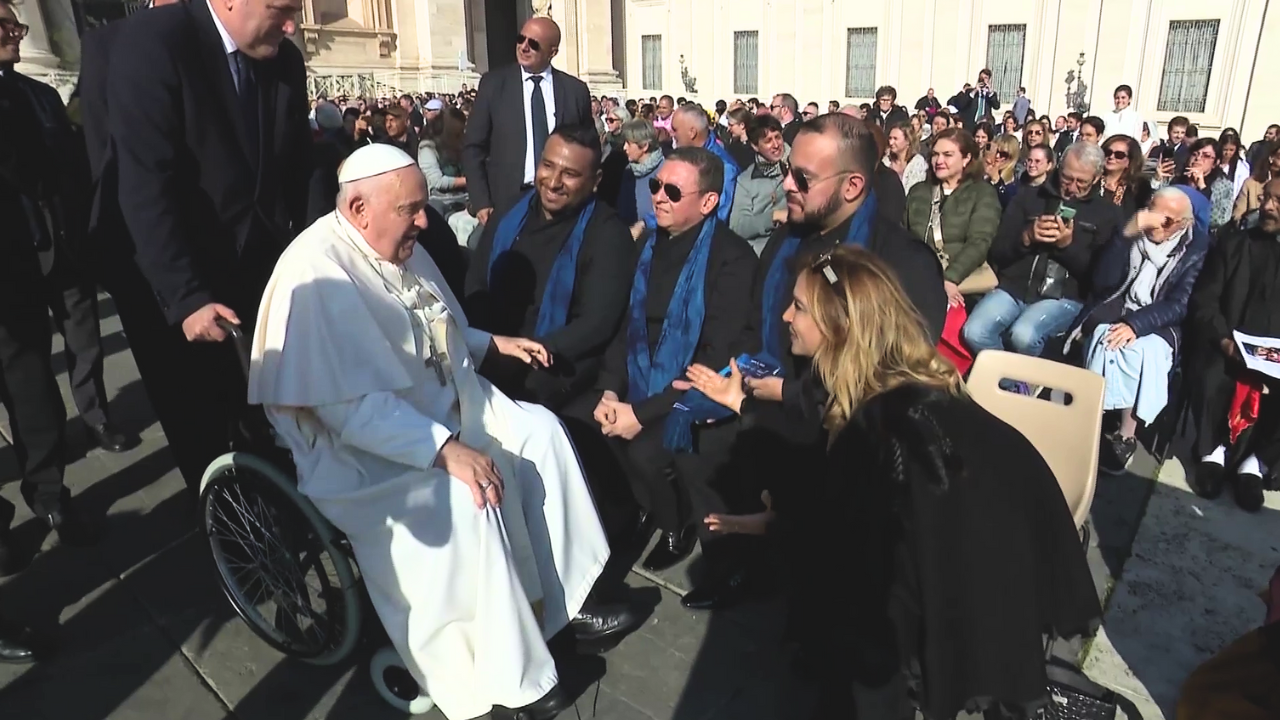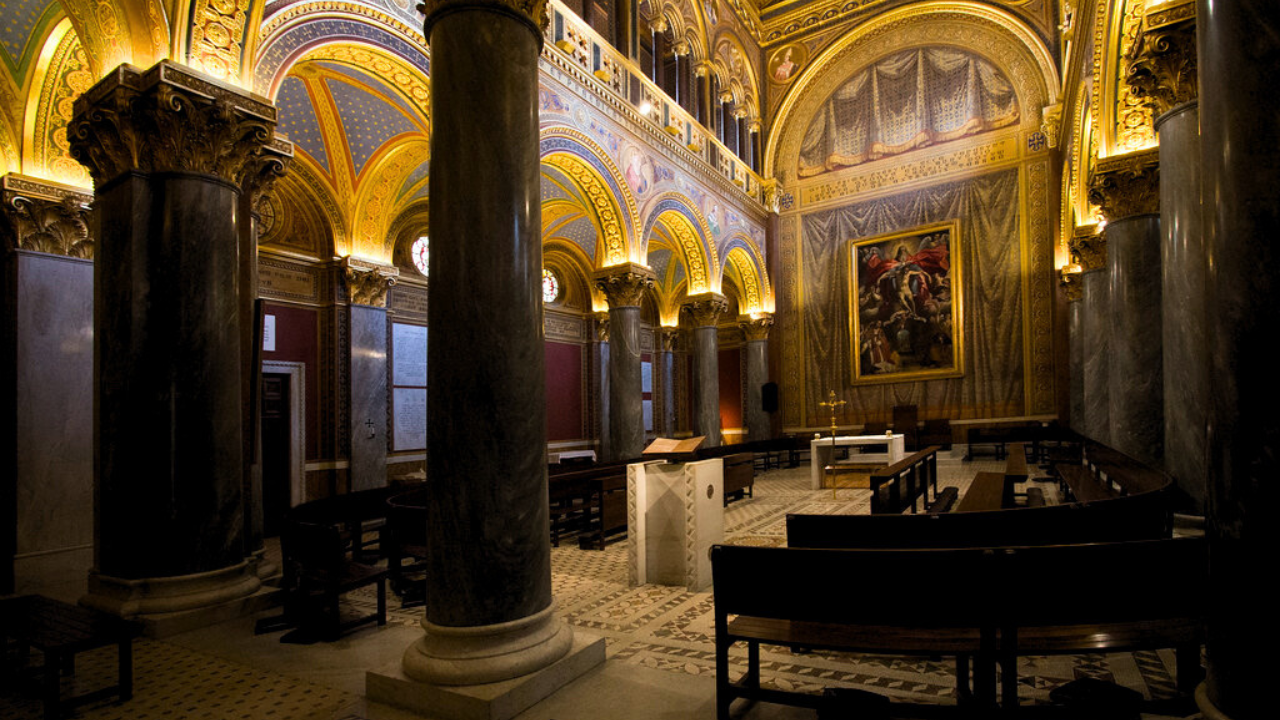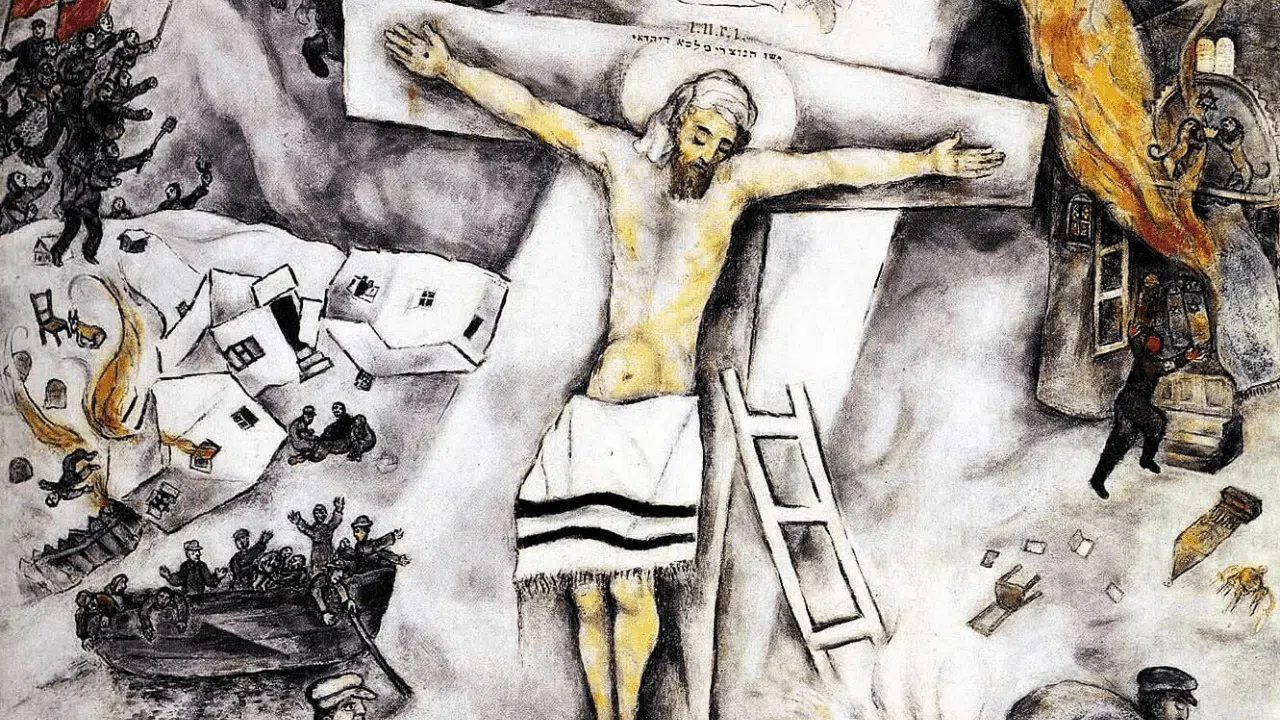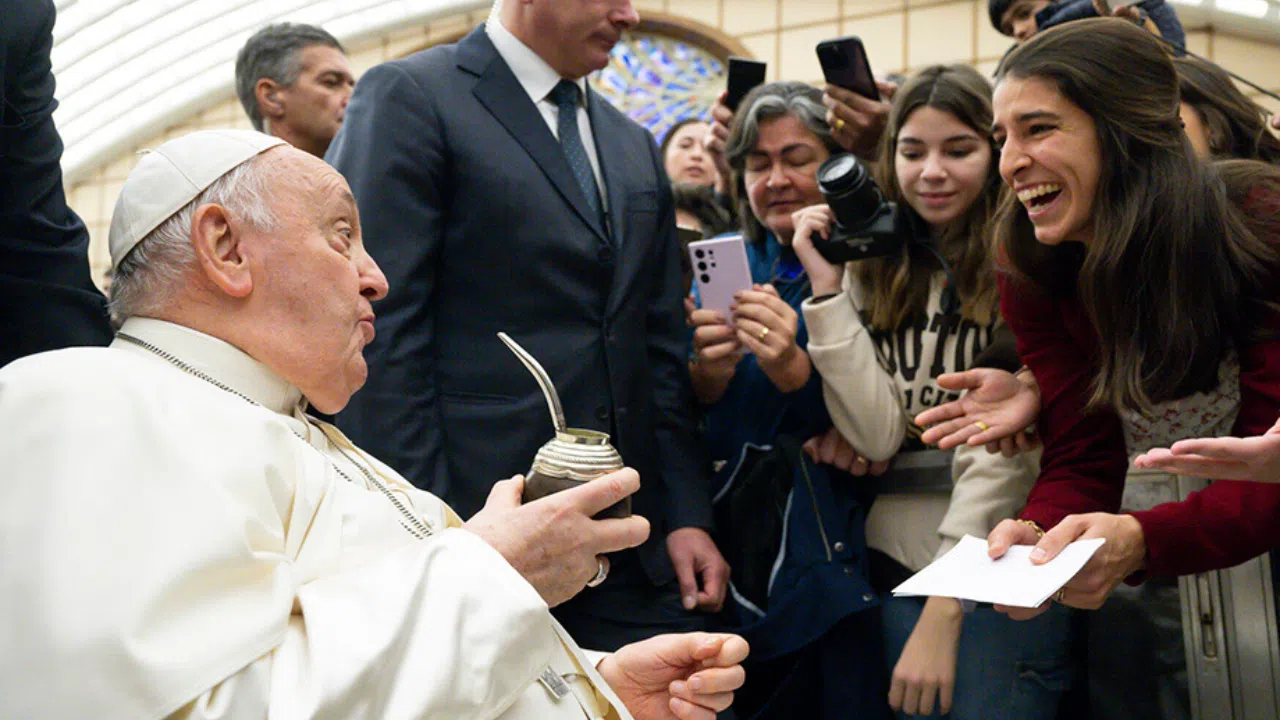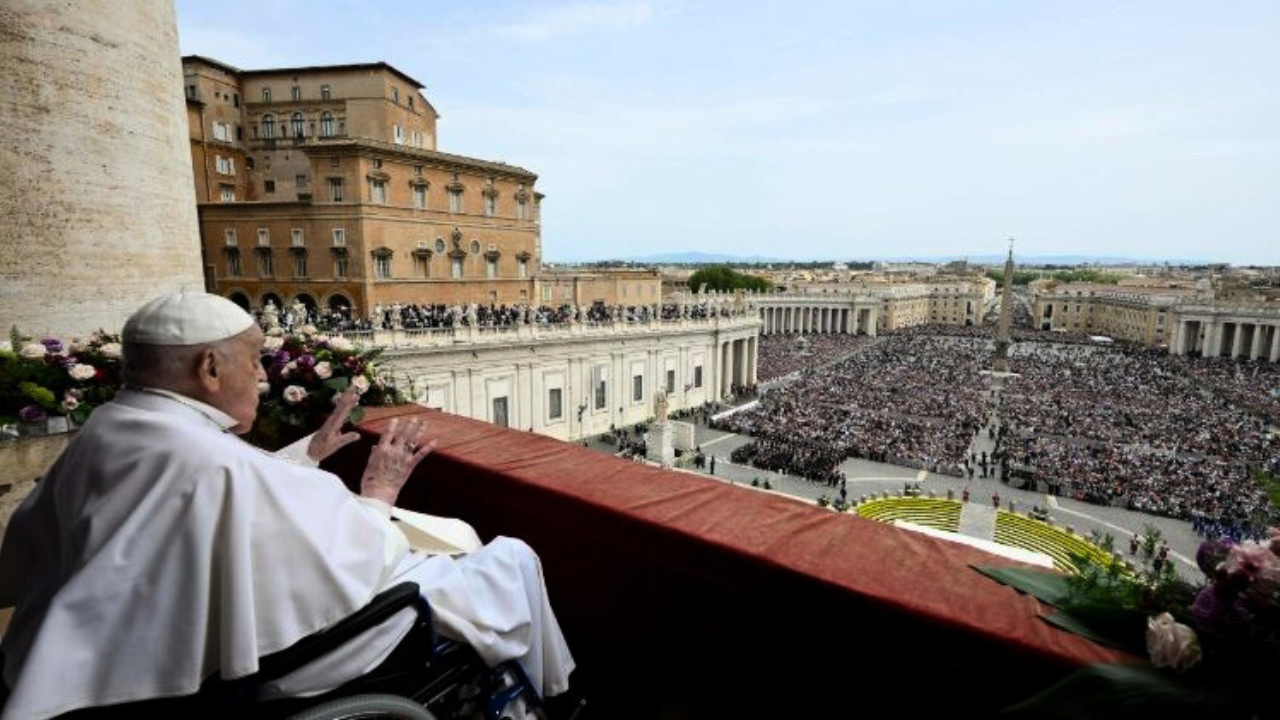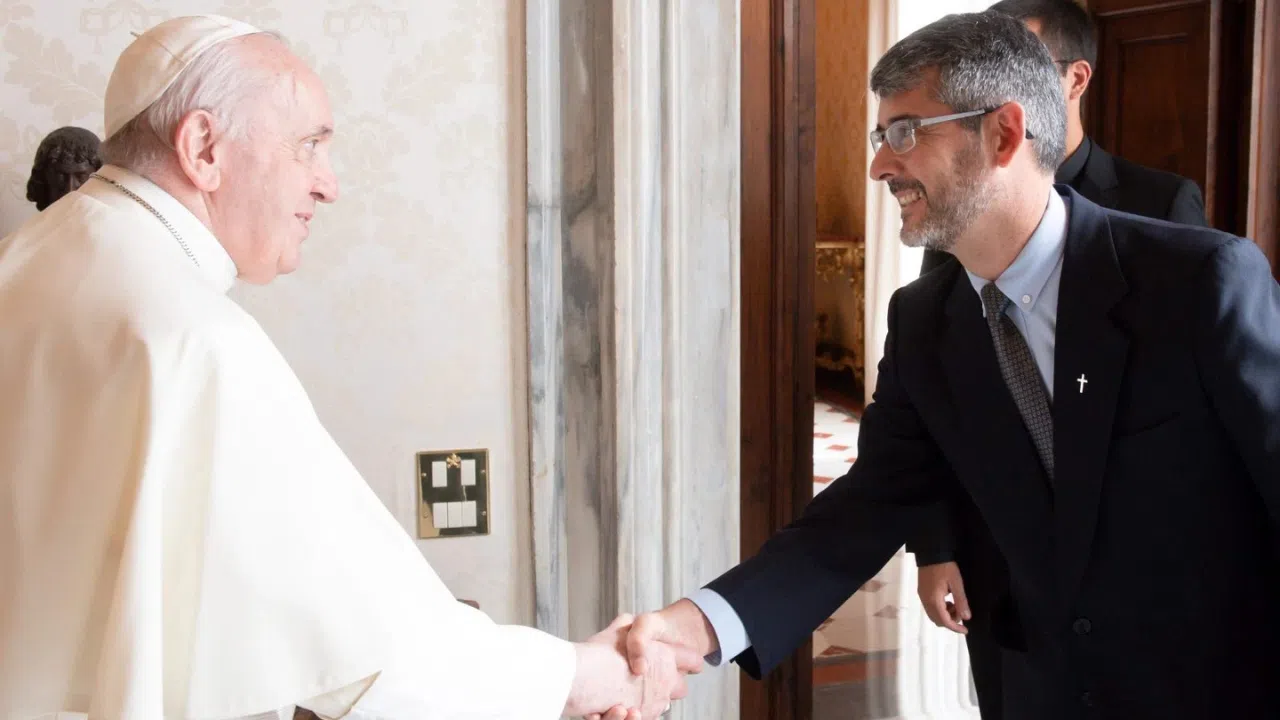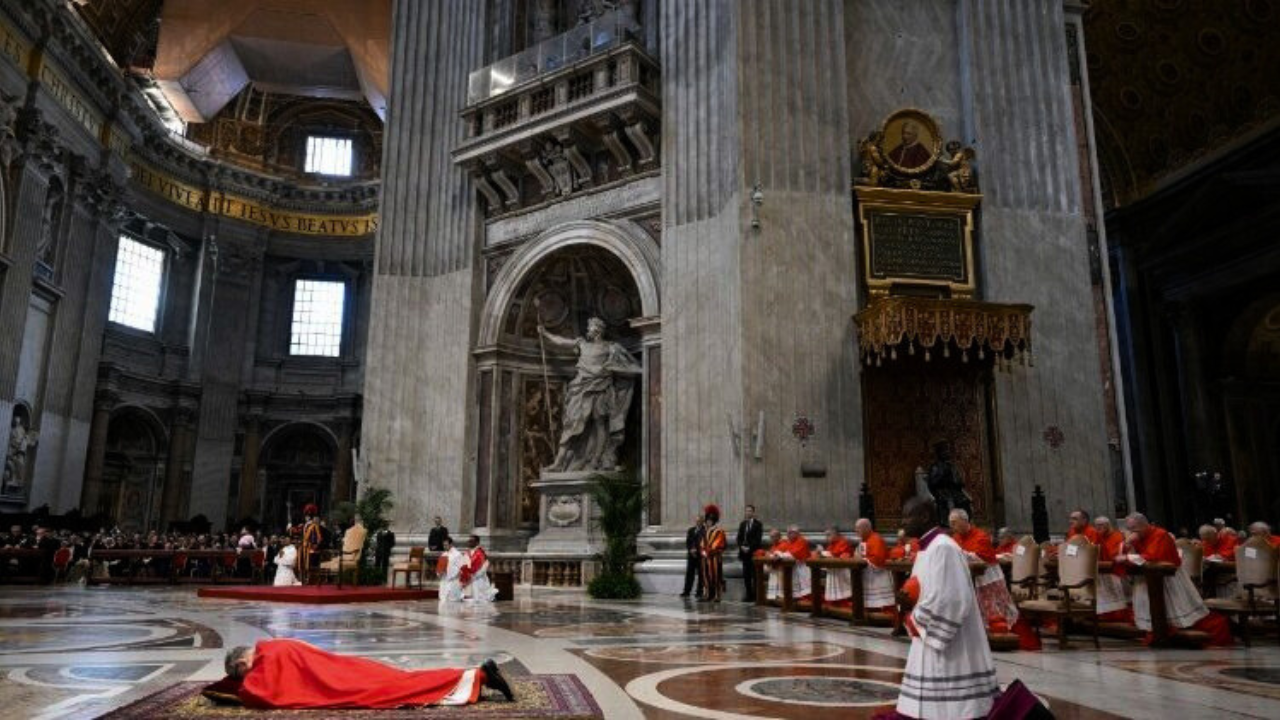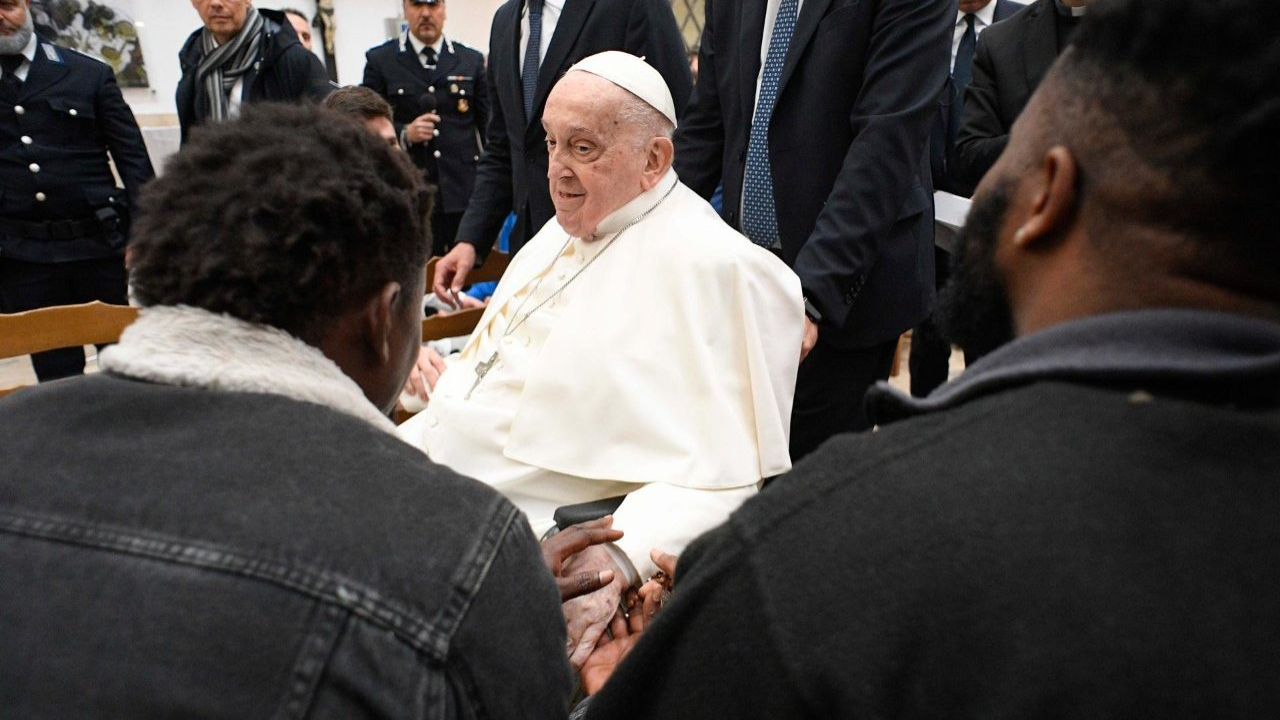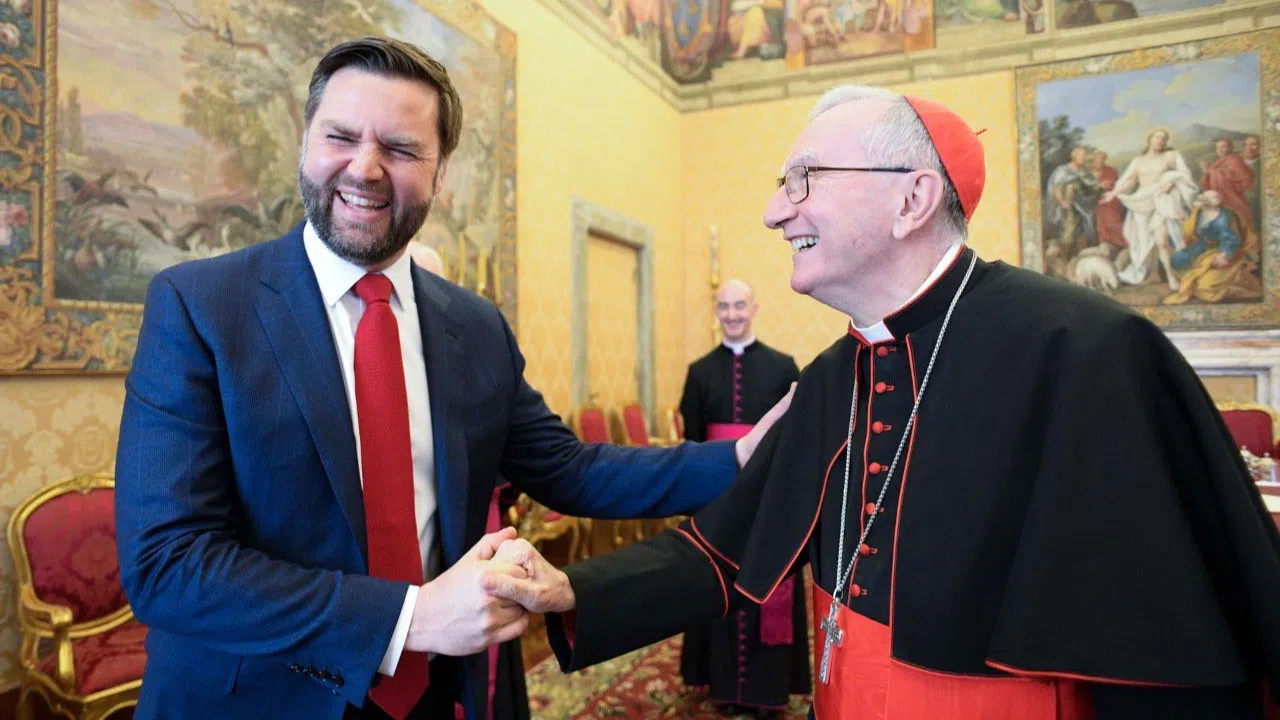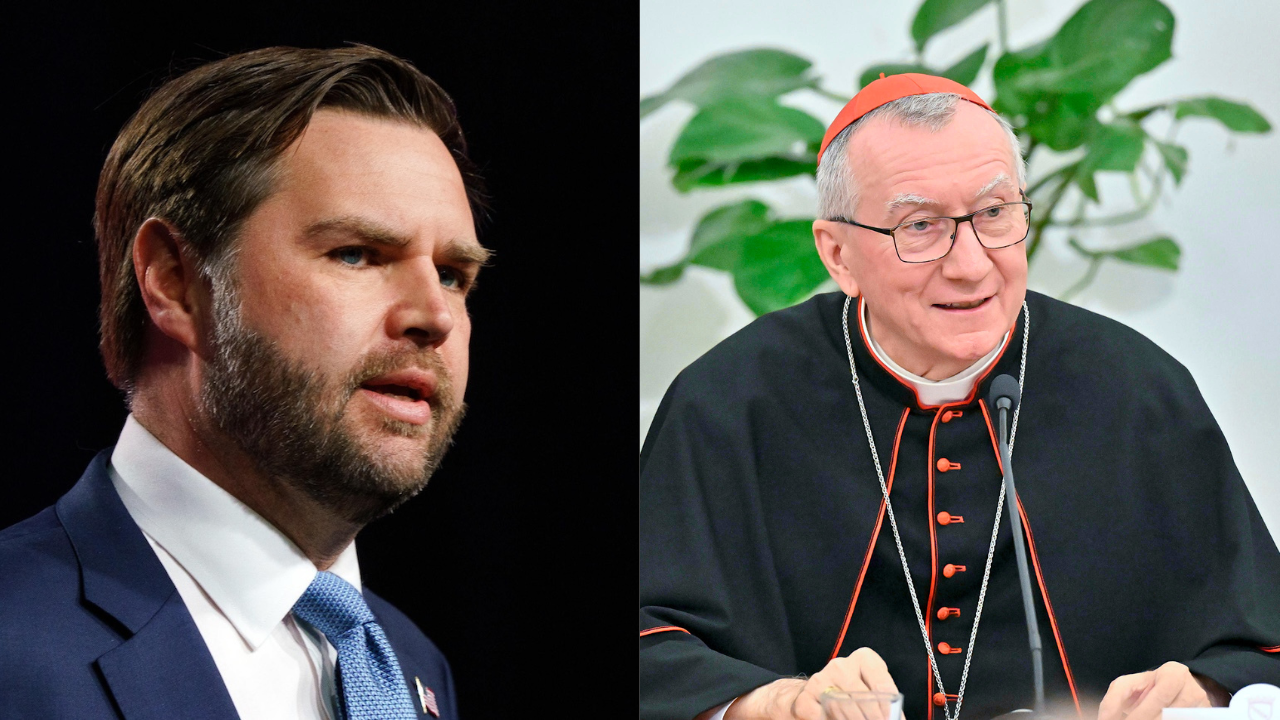Japanese Kimonos, oriental fabrics, African masks...Why would these objects be in a Matisse exhibition?
ESTER COEN
Exhibition Commissioner
'This shows that elements from other cultures inspired some of the Matisse's most extraordinary paintings.â?
The painter came into contact with 'arabesqueâ? cultures while at Paris for the Exposition Universelle in 1900. The light, color, and previously unseen forms changed his way of thinking about art.
These paintings play off the colors of an oriental fabric, which becomes the focal point on the canvas.
What he found in Paris greatly impressed Matisse, so he traveled to the areas that had excited him. His journey in Morocco inspired one of his masterpieces, a painting called 'Red Fish.â?
Henri Matisse is considered one of the fathers of the European avant-garde movement in the nineteenth and twentieth centuries.
ESTER COEN
Commissioner Exhibition
'All these artists have helped to define a new image in the art scene of the nineteenth century, That is, they opened the door to younger artists.'
Fauvism and Cubism were just two of the phases Matisse went through. His colors, lines and originality dazzled fans for over half a century. And his work remained prolific and diverse. He even decorated the convent chapel for the Dominican sisters in Vence, France. He described the job as 'the culmination of a lifetime of work and a huge, sincere and difficult effort.â? The work was later shown in the Vatican Museums.
Some snippets of a long life dedicated to art can be discovered in 'Arabesque.â? The exhibition will remain in Rome until June 21.
AC/ATO
MG
-SV
-PR
Up:GRT
